Tretyakov Gallery’s Friendly Museum shares its experience in therapeutic art

Myths and misconceptions in museum inclusion were discussed this week at the Intermuseum festival. Accessible environments are not everything, experts pointed out; the key is to have a dialogue involving visitors, and then it does not even matter whether there is a ramp at the entrance or not. One such example is the Friendly Museum at the Tretyakov Gallery, which is ready to share its experience with regional museums.
“There are still no museums where all staff share inclusive values”
At Intermuseum, all discussions were accompanied by translation into Russian sign language. This was also the case at the round table discussion held at the GES-2 cultural centre. Moderator Ksenia Belkevich, the deputy director for development at the Dal Museum of Russian Literature History, invited participants to examine various myths related to inclusivity.
The first myth stated: “Inclusion = accessibility”, meaning creating conditions for people with disabilities. But the issue is that anyone can come to the museum — with different experiences, social backgrounds, socialisation features, ages, and difficult moments in their biographies. And still be able to find themselves there.
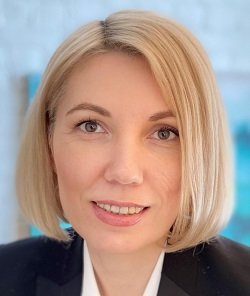
At the same time, inclusion is the responsibility not only of the visitor services or development departments.
“But at the current stage, there needs to be a leader,” noted Nikita Bolshakov, curator of accessibility and inclusion programmes at the Museum of Cryptography. “There are still no museums where all staff share inclusive values, so you need someone to go around and ‘push’ everyone.”
In particular, Alexey Debabov, head of the Interdisciplinary Projects Department at the Pushkin State Museum of Fine Arts, recalled how nearly ten years ago, Evgenia Kiseleva was responsible for this:
“She simply went around the halls asking: who is interested in guiding visually impaired visitors through the museum? And who can say a few words in Russian sign language?”
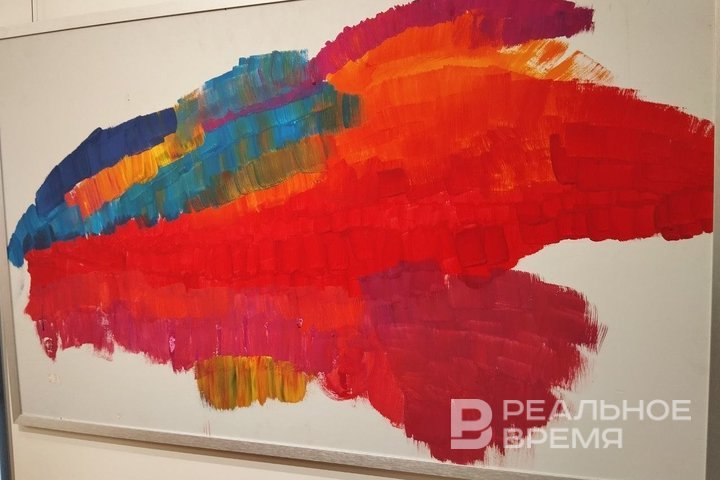
No matter what kind of experience of disability a person has, they have their own perspective and their own rehabilitation process, noted Svetlana Telitsyna, co-leader of the guide dog owners’ club Wise Dog (Mudriy Pyos) in Moscow and the Moscow region.
Incidentally, this is not about simplification, pointed out Elizaveta Kabaeva, coordinator of accessibility and inclusion programmes at the Museum of Russian Impressionism:
“It is the skill to convey material clearly, without simplifying it or abandoning concepts essential to the narrative. To explain, you need to understand it more precisely yourself, which means diving deeper into the material.”
“If a dialogue between the visitor and the museum takes place, it truly does not matter whether you have a ramp or not,” noted Tatyana Kubasova, the deputy director for research at the Darwin Museum.
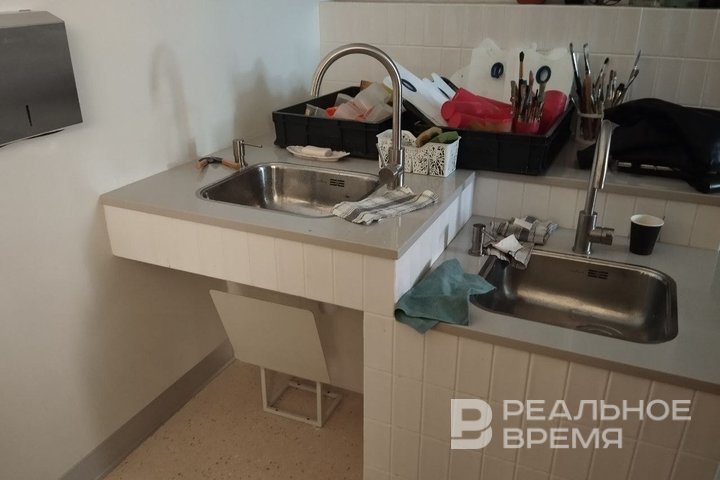
“We worked towards this for about ten years”
At the Friendly Museum, the inclusive branch of the Tretyakov Gallery in Malyy Tolmachevsky Lane, there is a step at the entrance and no signboard. This all needs to be explained and emphasised, as it opened only last September and many people are still unaware of it. Its curator, Alla Orlova, says:
“I have worked at the gallery for 36 years, but I prefer to say 30 years and three more, because this is a magical story.”
In 2012, having worked for many years in the research department, she first worked with children with Down syndrome. She recalls how one day, children with developmental disabilities spent the whole day at the gallery viewing paintings and attending workshops. Of course, anyone could visit, but only one family responded to Orlova’s invitation — and later said: “We see children with Down syndrome everywhere in Europe; it feels as if there are none in Russia.”
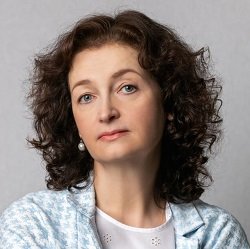
The building is city-owned and rented. It used to house offices of the Tretyakov Gallery. Exhibitions were held there once a year. So everything was done quite quickly. One of the goals was to make the space both inclusive and museum-like.
That is why in the foyer one can see a model of the entire museum quarter. The administrator is fluent in Russian sign language. The workshop is equipped with a wet room, but the pipes are covered to prevent them from being knocked by wheelchairs. Paintings from the exhibition Emotions in Colour are also displayed here. In February 2023, an art party with dancing called Renovation was held here. Afterwards, neurodiverse studio members were invited to paint on the walls what they love.
“There was a pause. I thought the children were thinking about what they loved more,” recalls Orlova. “It turned out, it was not about choosing. The children had been forbidden to draw on walls their entire lives.”
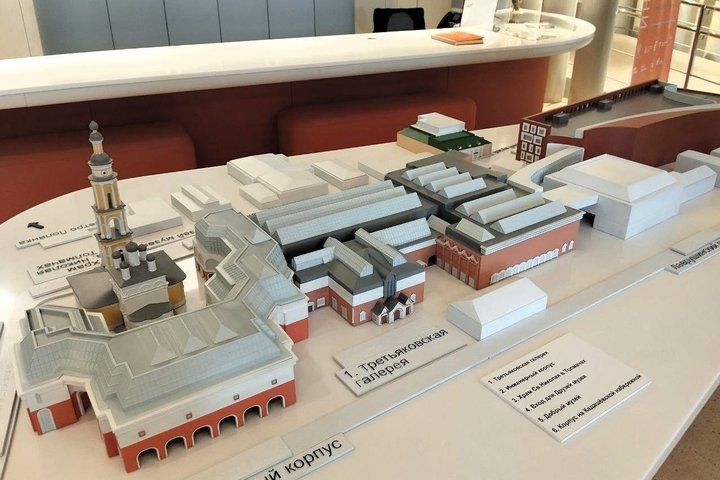
Their Own Pavel Tretyakov
The entrance to the multifunctional hall has a ramp. On the sides — letters with various textures. For one of them, artist Anastasia Denesh inserted an 18th-century mosaic. Both doors open inward. For journalists, part of the old exhibition was left in place, set against the backdrop of the new one in preparation.
The old one — Portraits, People, Persons — is a kind of reproduction using additional materials like fur, ribbons, threads. A mix of painting and appliqué. Each character was chosen by the children themselves. We are greeted by Pavel Tretyakov himself. By the way, his son Mikhail was also neurodivergent. The portrait is accompanied by samples of materials for appliqué, a photograph of the original painting, as well as, for instance, a code that plays a story about the artwork.
A parade is shown on the screen in the lecture hall — the artists were dressed as characters from paintings and brought into the gallery. Among them — children who had previously struggled with being in a room with five people.
The new exhibition is called My Museum — first come the ideas, then the models and collections. There are also stories about the creation process, turned into animated films. All professional artists collaborate with the museum free of charge.
The “Quiet Room” with sound-dampened walls and a weighted blanket is especially popular among parents. There is a cafeteria and a rest area with yarn (finished rugs hang on the walls).
In October, four new groups will come to the museum, Orlova reports. They will study for five years. Naturally, there are many applicants. There are one-time sessions. You can write to the museum in advance and come with a child (by appointment because, Orlova says, she and the teachers need to prepare for the meeting). Currently, the Friendly Museum will hold several events in Vyksa. But so far, few have sought information on how to operate such an inclusive museum, which has accumulated a database of interactions with very different people. And such museums are clearly needed across the country.